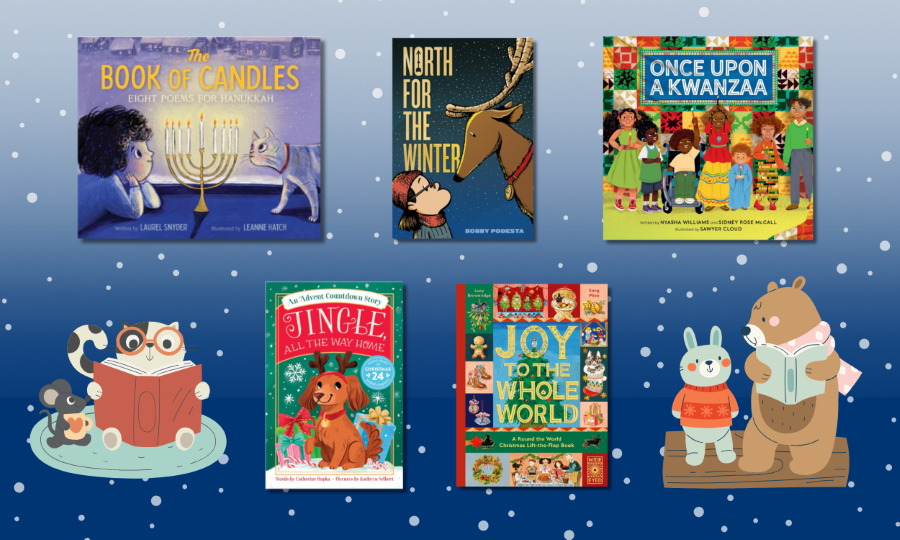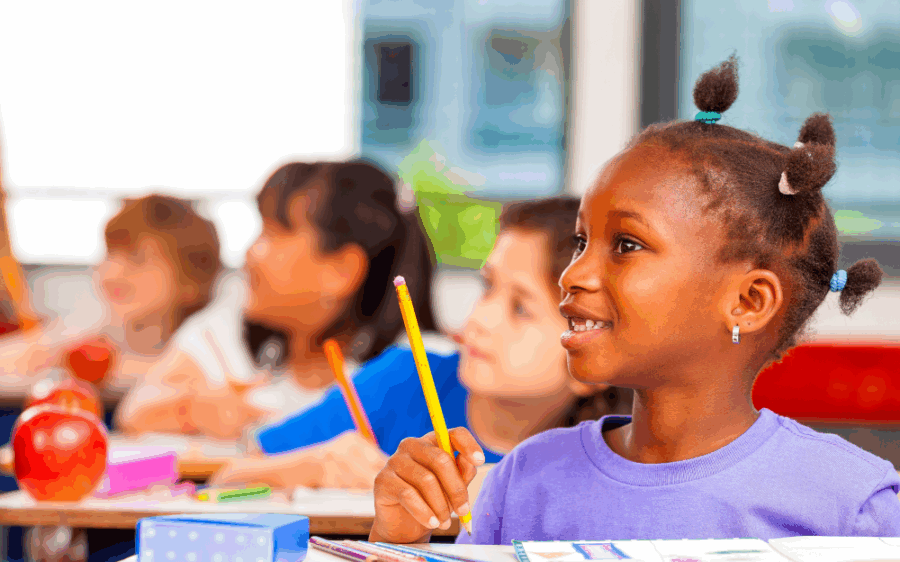We’ve all heard it, “First children learn to read. Then, they read to learn.” It’s a simple way of describing a complex process, but is it true? In reality, these two processes develop together, not one after the other. As children are learning how print works, they are also learning from what they read. They are not just sounding out words, they are making sense of language, noticing patterns, building knowledge, and forming ideas. From the beginning, readers are using everything they know – phonics, background knowledge, vocabulary, and language to make meaning.
The Risk of Waiting
When we hold too tightly to the idea that learning to read comes before reading to learn, we might unintentionally send the message that comprehension comes later, but comprehension isn’t something you wait to introduce. It is part of learning to read itself.
When comprehension is delayed or de-emphasized, we may begin to see students who appear proficient on the surface because they read accurately and fluently, yet they lack the deeper understanding that strong comprehension requires.
What if, as children are learning how print works, they are also learning that reading is about ideas, discovery, and connection?
Reconsidering a Familiar Phrase
At first glance the phrase, “First children learn to read, then they read to learn,” might make sense. The foundational understandings children acquire early on such as phonological awareness, understanding the alphabetic principle, and learning to decode are well supported by research and deserve focused attention in the early grades.
However, if we think of reading development as moving only in one direction, from sounding out words to later making meaning, we overlook the importance of using meaning while reading. Reading is a complex process. It draws on a wide range of knowledge from the reader including phonics, vocabulary, oral language, background knowledge, as well as executive function skills like attention, motivation, monitoring, and self-correcting. All of which work together for the purpose of making meaning.
So how do we support children as they take all of this learning on? Let’s consider a “both and” approach, one that recognizes that even as children are learning how to read, they are also learning from the texts they read.
A Complimentary Approach
Students of all ages are continuing to build and strengthen their ability to solve words and comprehend, even if one is more in focus than the other, both are always in play while children are reading.
This thinking is echoed in the work of Duke, War, and Pearson (2021, p. 666), who remind us that:
“The relation between word-reading instruction and reading comprehension instruction is more synergistic than competitive.”
Reading involves the orchestration of many skills such as sounding out words, using background knowledge, monitoring for meaning, and more. All components are working together as students make sense of text.
Word reading and comprehension are not competing priorities. When these components are integrated rather than divided, instruction becomes more powerful. Children can learn how print works and simultaneously use texts to build knowledge and make meaning. A complimentary approach values both dimensions of reading and recognizes that each strengthens the other.
Reflecting on Classroom Reading Instruction
Take a moment to pause and reflect. Are you giving students the chance to see reading as something meaningful from the very beginning? Or might you unintentionally be sending a message that reading is about mastering skills?
You don’t have to wait until children are “good enough” readers to let them experience the joy and purpose of reading. Even in the earliest stages, texts can invite wonder, spark conversation, and fulfill authentic needs whether it’s learning about their favorite animal, solving a problem, or simply enjoying a story.
References
Duke, N., Ward, A., & Pearson, D. (2021). The science of reading comprehension instruction. The Reading Teacher, 74(6), 663-672.







